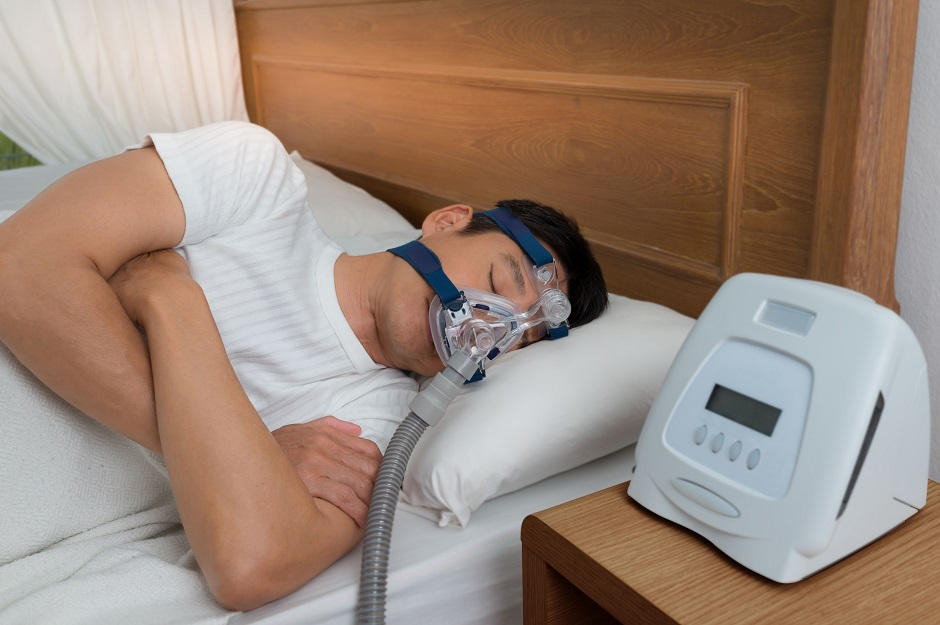Our content undergoes rigorous expert review, evidence-based research, and regular updates for accuracy.
Sleep Apnea and COPD often coincide in what is called “overlap syndrome. ” Here’s what you need to know about the condition.
According to the American Sleep Apnea Association, an estimated 22 million Americans suffer from Sleep Apnea. What’s worse, 4 out of 5 cases of moderate to severe Sleep Apnea go undiagnosed. The American Lung Association reports that more than 11 million Americans have COPD, or Chronic Obstructive Pulmonary Disease.
Sleep Apnea occurs in about 15% of patients with COPD. When a person with COPD also suffers from Sleep Apnea, it is known as “overlap syndrome.” It’s important to understand the differences between Sleep Apnea and COPD in order to address each condition and assess if something like CPAP therapy is right for you. Let’s look at the fundamentals of Sleep Apnea and COPD, and how to best manage overlap syndrome.
What is Sleep Apnea?

Sleep Apnea is an unfortunately all-too-common condition, characterized by interruptions in your breathing cycle while sleeping. These interruptions in breathing can last from just a couple of seconds to more than a minute, and they can occur dozens of times per hour. Often this results in poor sleep throughout the night, leaving many Sleep Apnea sufferers with serious daytime drowsiness.
The most common cause of Sleep Apnea is an obstruction in the airway. The individual’s airway can become blocked or collapse on itself due to many factors. However, the most common causes are excessive body weight, an oversized neck, and throat or sinus issues (tonsils, malformations in the sinuses, etc.).
Those with untreated Sleep Apnea may experience risk factors that can be fatal if not addressed, including:
- Elevated risk of heart failure or heart disease
- Increased likelihood of arrhythmia, or an irregular heartbeat
- Risk of stroke, obesity, diabetes and high blood pressure
- Can contribute to accidents on the road or at work, due to extra fatigue
What is Chronic Obstructive Pulmonary Disease (COPD)?
This deadly and often under-managed disease is a chronic condition that makes it difficult for the individual to breathe normally. Increasingly common today, COPD now ranks as the third leading cause of death in the U.S. when you consider that it also includes chronic bronchitis and emphysema.
Interestingly, women have a higher prevalence of COPD than men - at more than double the rate. The Southeast and Midwestern states across the U.S. show the highest rates of COPD, while the Northeast and West Coast claim the lowest. Most cases of COPD can be traced back to smoking, but exposure to air pollutants and genetic factors also play a role. On rare occasions, COPD can be caused by a genetic anomaly called AAT, or alpha-1-antitrypsin deficiency.
How to Treat Sleep Apnea and COPD
The most popular way to treat overlap syndrome is the use of some type of CPAP, or continuous positive airway pressure device. These other four possibilities may provide some overlap syndrome relief as well:
- Losing weight has been proven to minimize Sleep Apnea and reduce the side effects of COPD.
- Sleeping on one’s stomach or side, instead of on the back, can help keep airways open.
- Wearing a nighttime dental device that pushes the lower jaw forward can promote easier breathing.
- A surgical procedure approved by your doctor can help ease breathing while asleep.
CPAP treatment is most often prescribed by physicians, as it provides immediate and incredibly beneficial relief for those suffering from a breathing condition. If your physician has diagnosed you with Sleep Apnea, COPD, or an overlap syndrome involving both conditions, a CPAP can help ensure your airway is kept open during periods of sleep. This minimizes the chance of you or a loved one suffering from severe health complications as a result of the breathing obstruction. It can also give you greater energy throughout the day, more restful sleep, and a better quality of life.

